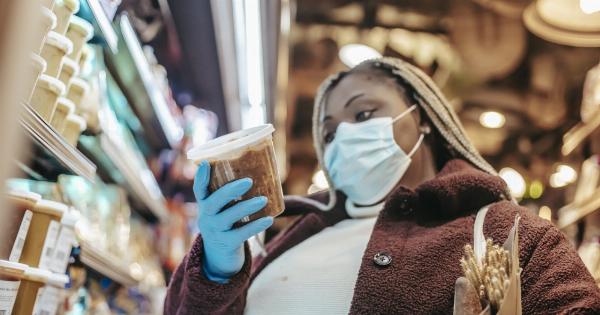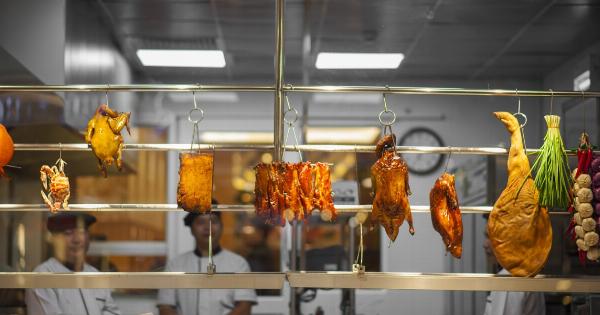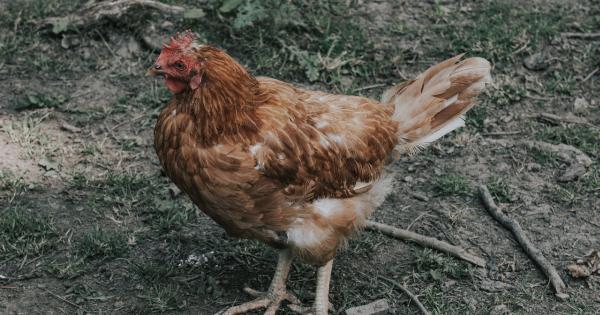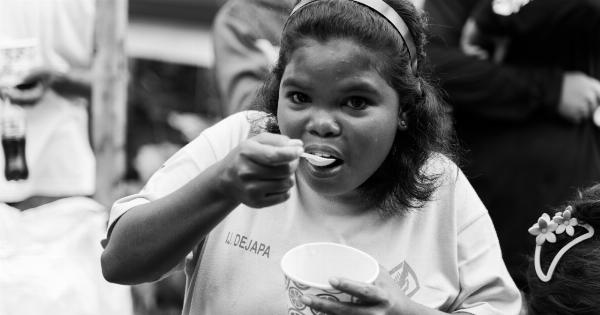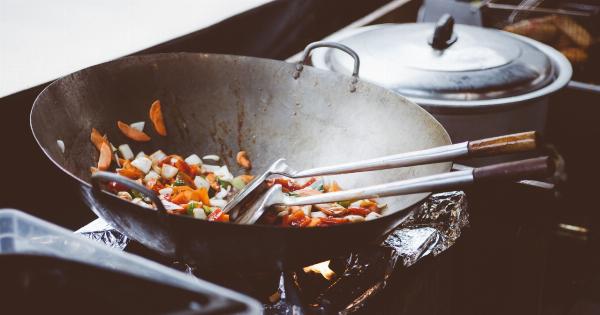Proper food storage is crucial for maintaining its quality, taste, and most importantly, its safety. The refrigerator is one of the most commonly used appliances for storing perishable items.
However, many people are unaware that incorrect fridge storage practices can lead to foodborne illnesses. In this article, we will explore the various ways in which improper fridge storage can result in the growth and spread of harmful bacteria, viruses, and parasites that can cause food poisoning.
The Danger Zone
It is important to understand that bacteria multiply rapidly between certain temperatures, known as the Danger Zone. The Danger Zone ranges from 40°F (4°C) to 140°F (60°C) and provides an ideal environment for bacterial growth.
When food is stored in this temperature range, it increases the risk of foodborne illnesses.
Contamination and Cross-Contamination
When food is stored incorrectly, it can become contaminated or cross-contaminated. Cross-contamination occurs when pathogens from one food item spread to another, either directly or indirectly.
For example, if raw poultry is stored on a shelf above cooked vegetables, any juices dripped from the poultry can contaminate the vegetables with harmful bacteria like Salmonella or Campylobacter.
Similarly, when raw meat is stored in a way that it comes into contact with ready-to-eat foods such as fruits or cooked leftovers, it can lead to cross-contamination.
The pathogens present in raw meat can transfer to these ready-to-eat foods, increasing the risk of foodborne illnesses.
Improper Food Placement
The way food items are placed in the refrigerator also plays a significant role in preventing foodborne illnesses. There are specific zones within the fridge that need to be utilized correctly to ensure the longevity and safety of the stored items.
The Top Shelf
The top shelf of the refrigerator usually has the most consistent temperature, making it ideal for storing ready-to-eat foods such as leftovers, cooked meats, and dairy products.
Storing raw meats or seafood on the top shelf can lead to cross-contamination, as their juices can drip down onto the ready-to-eat items below.
The Middle Shelf
The middle shelf should be reserved for raw meats, poultry, and seafood, as these items are more likely to contain harmful pathogens. Placing them on the lower shelves can prevent their juices from dripping onto other foods.
It is essential to store raw meat products in leak-proof containers or on a tray to catch any drips.
The Lower Shelf and Drawers
The lower shelves and drawers of the refrigerator are the coldest areas. They are best suited for storing fruits, vegetables, and eggs. These items should be kept in their original packaging or sealed containers to prevent contamination from other foods.
The Door Shelves
The door of the refrigerator experiences temperature fluctuations due to frequent opening and closing. The warmest part of the fridge is typically the door shelves.
Therefore, it is wise to store condiments, juices, and other items with long shelf lives on the door shelves. Avoid storing eggs or dairy products on the door, as they require constant refrigeration.
Proper Packaging
Another essential aspect of fridge storage is the proper packaging of food items. Failing to package foods correctly can result in exposure to air, moisture, and potential contamination.
Sealing and Wrapping
Foods should be sealed tightly or wrapped securely in plastic wrap, foil, or airtight containers to maintain their freshness and prevent potential cross-contamination.
Unsealed or improperly wrapped foods are more likely to develop off-odors, take on the flavors of surrounding items, and become vulnerable to bacterial growth.
Storage Containers
Using appropriate storage containers is crucial for preventing leakage and the spread of bacteria. Glass, plastic, or stainless-steel containers with tight-fitting lids are ideal for storing leftovers or partially used ingredients.
Cleaning and Maintenance
Regular cleaning and maintenance of the refrigerator are essential for preventing the growth of harmful pathogens.
Spill Cleanup
Spills or leaks should be promptly cleaned up to prevent the growth of bacteria. The fridge should be thoroughly cleaned using warm, soapy water, and any removable shelves or compartments should be washed separately.
Temperature Monitoring
It is crucial to monitor and maintain the temperature of the refrigerator to ensure that it stays below 40°F (4°C) consistently.
Investing in a refrigerator thermometer is a simple and effective way to monitor the temperature and adjust the settings if necessary.
Proper Rotation
Practicing proper rotation of stored items is essential to reduce the chances of consuming expired foods or those that have been kept in the fridge for too long.
First-in, first-out (FIFO) is a method where newer items are placed behind older ones, ensuring that older items are used before they exceed their shelf life.
Conclusion
Correct fridge storage is vital for maintaining the safety and quality of the food we consume. From preventing cross-contamination to maintaining optimal temperature, there are several factors to consider when storing food in the refrigerator.
By following proper fridge storage practices, we can minimize the risk of foodborne illnesses, ensuring the health and well-being of ourselves and our loved ones.

